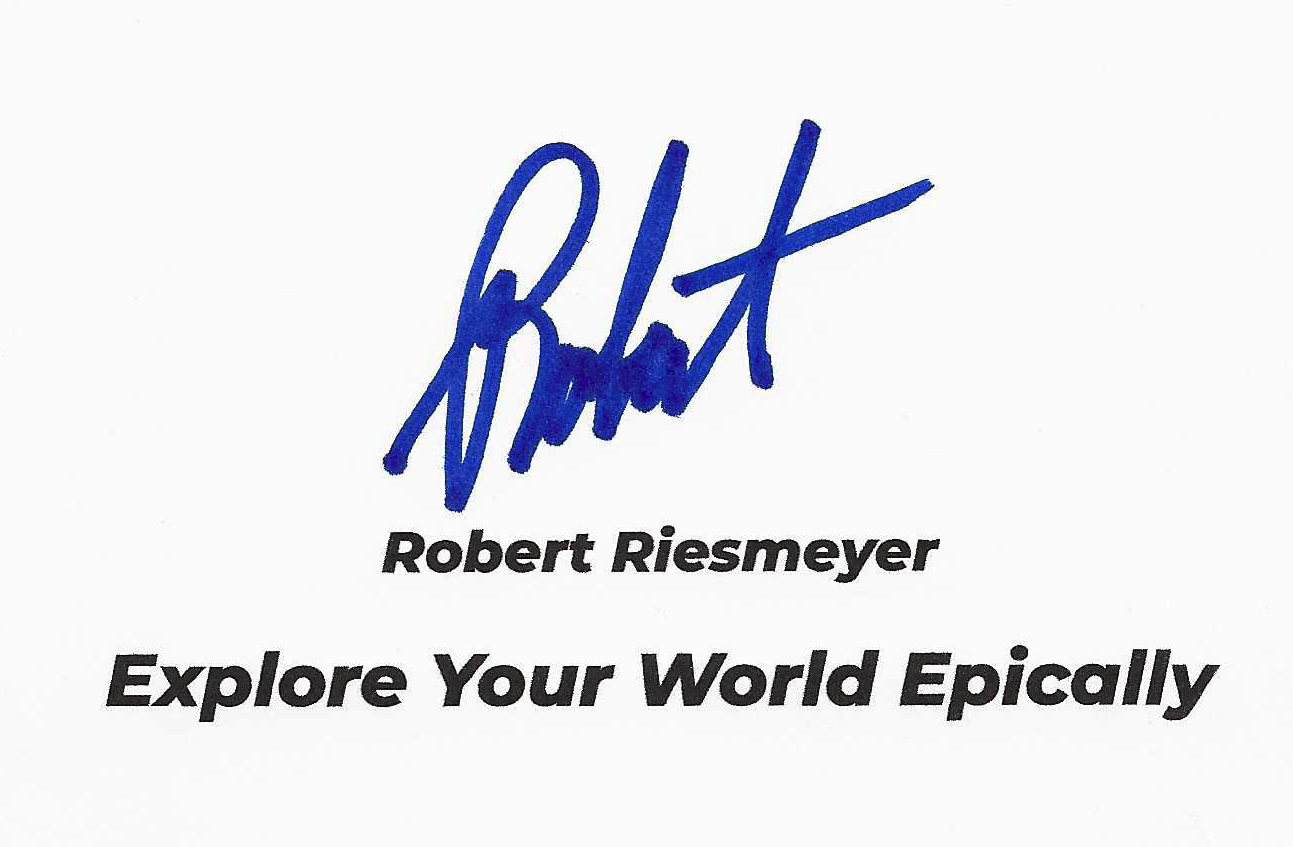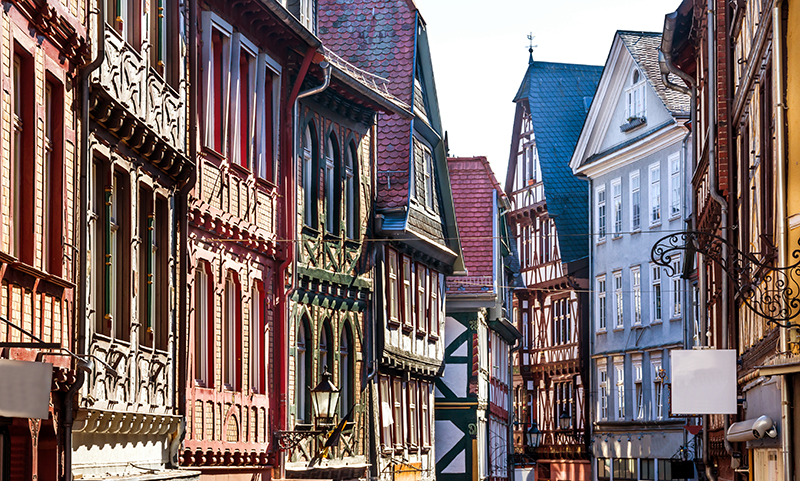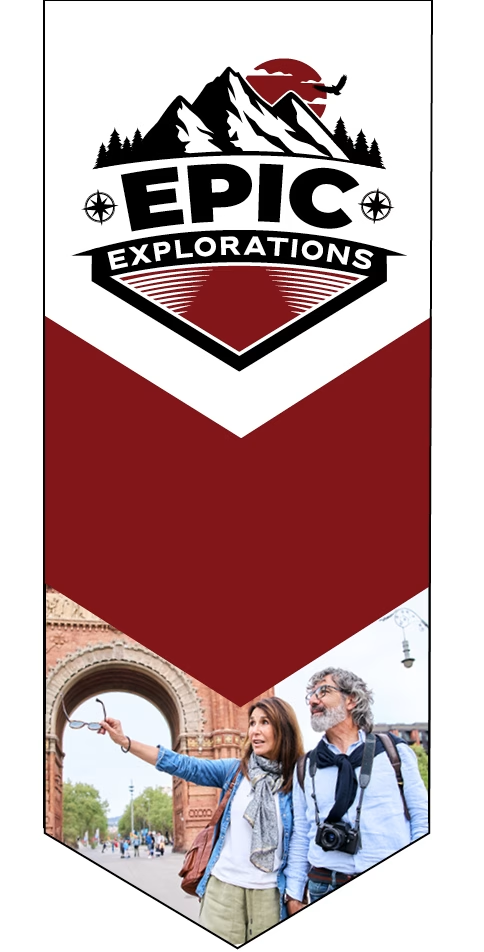Journey into the Quiet Fire: Traveling Through Germany to Understand the German Piety Movement of the 1830s
When you travel, it’s easy to be dazzled by the big things. The castles. The cathedrals. The cities lit up like Renaissance paintings come to life. But sometimes, it’s the quieter corners of the world that leave the deepest impression — where history breathes soft but sure, and movements that reshaped hearts and nations didn’t roar but whispered.
That’s exactly what you’ll find when you trace the path of the German Piety Movement across the landscape of 1830s Germany.
This wasn’t a revolution fought with banners and blood. It was one shaped in prayer circles, home gatherings, and the conviction that true change starts from within. And if you’re the kind of traveler who seeks depth over dazzle, who walks slower to see more, then this journey may just awaken something timeless in you.
What Was the German Piety Movement?
In the early 19th century, fragmented into kingdoms and principalities, Germany emerged from the philosophical upheaval of the Enlightenment and the chaos of the Napoleonic Wars. While the urban elite gravitated toward rationalism, something entirely different was stirring in the countryside.
The German Piety Movement, also called Neo-Pietism, was a spiritual revival grounded in deeply personal faith, the authority of scripture, and the belief that Christian life was meant to be lived, not just learned.
Its roots ran deep. Pietism began in the late 1600s with reformers like Philipp Jakob Spener and August Hermann Francke, who called for heart-centered devotion and practical Christianity. By the 1830s, that spark had been rekindled in new ways — and it swept across the hills and valleys of southern Germany with quiet, fervent fire.
Why Travel to Understand It?
You could read about the German Piety Movement in theological texts or historical journals, sure. But the soul of this movement isn’t just found in pages — it’s woven into places. Into timber-framed villages, modest chapels, ivy-covered seminaries, and rural communities where faith wasn’t a Sunday ritual — it was the rhythm of life.
To travel through these regions is to walk in the footsteps of farmers who rose before dawn to pray, pastors who opened their homes to seekers, and missionaries who carried the Gospel to far-off lands, fueled by a faith that demanded both humility and action.
Highlights of a German Piety Movement Journey
Halle (Saale): The Foundations of Practical Faith
Start your journey in Halle, home of August Hermann Francke, a theological firebrand whose vision changed the way faith met daily life. His Francke Foundations included orphanages, schools, and printing presses that spread Christian education throughout Europe and beyond.
Don’t Miss:
Francke Foundations Museum
Historic pharmacy still operating on site
Conversations with modern-day stewards continuing Francke’s work
This is where spiritual renewal met structure. Faith wasn’t just an emotion—it was a force for societal transformation.
Herrnhut: The Village That Prayed Around the Clock
Tucked in the rolling hills of Saxony, Herrnhut is where refugees from Moravia were given land by Count Nicolaus Zinzendorf in the 1720s. By the 1830s, the Moravian model of 24-hour prayer, personal holiness, and global missions was still radiating throughout the region.
Experience:
God’s Acre, a cemetery marked by simplicity and equality
The Moravian Museum, telling the story of a community that prayed for over 100 years non-stop
A guided tour of the Zinzendorf House
This village may be small, but its legacy spans continents.
Württemberg: The Swabian Soul of the Revival
Southern Germany’s Württemberg region is arguably the epicenter of the 1830s German Piety Movement. It’s where preachers, farmers, and laypeople came together in house meetings, devotional circles, and early missionary outposts.
Key Stops:
-
Korntal – Founded as a religious community in 1819
-
Bad Boll – Site of Johann Christoph Blumhardt’s revival and healing ministry
-
Tübingen – Home to the theological seminary and center of Pietist scholarship
Robert’s Tip:
Take your time walking through Korntal in the early morning hours. There’s a stillness here that feels sacred. It’s not just history — it’s heritage.
Basel (Switzerland): The Missional Crossroads
While technically across the border in Switzerland, Basel was deeply tied to the movement through the Basel Mission — founded with strong ties to German Pietism. It became a launchpad for missionaries across Asia and Africa.
Visit:
Basel Mission Archives
Historical exhibits on education and translation work
Interviews with local mission historians
This city reminds us that the German Piety Movement wasn’t meant to be contained — it was always meant to be shared.
Marburg: When Faith Meets the Academy
The University of Marburg became a center of theological training where Pietist values and rigorous scholarship coexisted. It’s a city built for wandering — cobblestone streets, steep staircases, half-timbered houses — all under the watchful gaze of a medieval castle.
Must-See:
The castle’s sweeping views of the Lahn River
Historic church of St. Elizabeth
University lecture halls once filled with Pietist professors
Marburg speaks to the integration of heart and mind — a hallmark of the best of German Pietism.
A Faith That Moves: Reflections Along the Way
The German Piety Movement wasn’t flashy. It didn’t build cathedrals. It built communities. It didn’t commission gilded art. It commissioned ordinary people to live extraordinary lives of grace, grit, and Gospel.
And that’s why it still matters.
As you walk these paths, it’s not about recreating their faith journey — it’s about discovering what your own might look like if it were stripped down to the essentials. No lights. No production. Just prayer, scripture, community, and service.
Modern Echoes: Where the Movement Still Lives
Today, the legacy of the German Piety Movement is alive in:
-
The Evangelical Free Church traditions in Europe and North America
-
German missions organizations with global reach
-
Quiet devotional practices in villages where the past is still present
-
The rhythm of prayer and action in communities shaped by the Word
Travelers who slow down and listen will find that the spirit of 1830s Pietism isn’t gone. It’s just waiting in the quiet to be discovered again.
Suggested Reading Before You Go:
-
The Pietist Option by Christopher Gehrz & Mark Pattie
-
German Pietism During the Eighteenth Century by F. Ernest Stoeffler
-
Count Zinzendorf: His Life and Times by John R. Weinlick
Final Thoughts: Explore Your World Epically
Traveling to understand the German Piety Movement isn’t about checking boxes on a bucket list. It’s about tuning your heart to the quiet, faithful cadence of those who lived as if eternity mattered — not for applause, but for obedience.
It’s a journey that calls us to linger longer. To listen better. To live deeper.
So take the road less traveled through Germany’s faith-filled past. You might just find a clearer picture of what it means to live with intention in the present.
“Explore your world epically. But more than that — live it epically, too.”
— Robert Riesmeyer

Robert Riesmeyer is the visionary Founder and Experience Curator of Epic Explorations, a boutique travel company dedicated to crafting extraordinary journeys worldwide. Rooted in a passion for exploration, Robert brings a unique blend of creativity and commitment to every adventure, ensuring each experience is as unforgettable as the destinations themselves.
Originally from the Midwest, Robert left behind a career in insurance to pursue his dream of sharing the world's wonders with fellow travelers. With a focus on safety and an eye for the unexpected, he curates immersive experiences that allow travelers to connect deeply with the world, fostering curiosity, connection, and unforgettable memories.
Beyond his role in travel, Robert embraces the spirit of giving through his portrayal of Santa Claus, spreading joy to families and children during the holiday season. Through this role and Epic Explorations, he supports numerous charities, including Shadow Buddies, Mother's Refuge, Moving Ahead, Opertion Breakthrough and Santa America, bringing kindness and hope to those in need.
Based in Kansas City, Robert is constantly in search of new frontiers, dreaming big, giving back, and inspiring others to explore even bigger.


